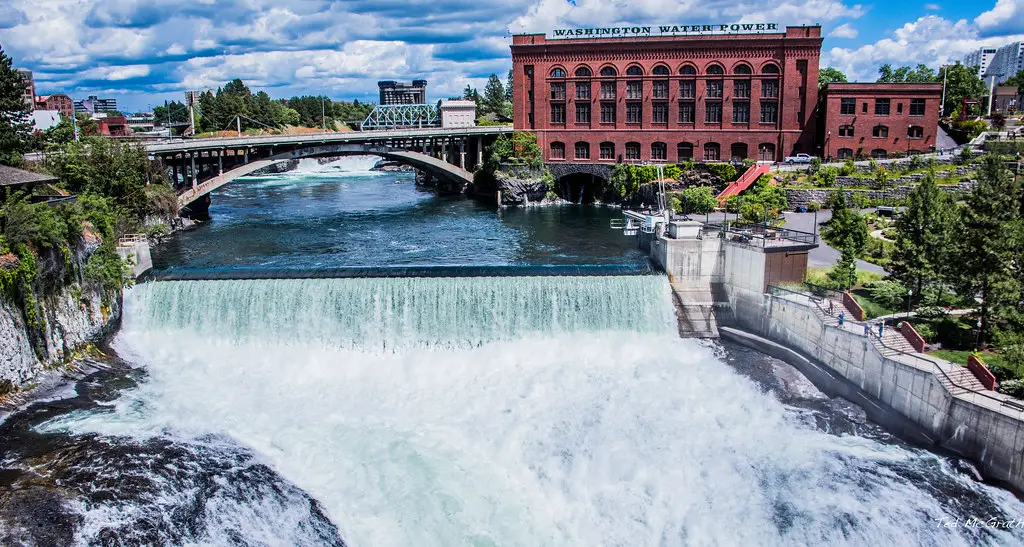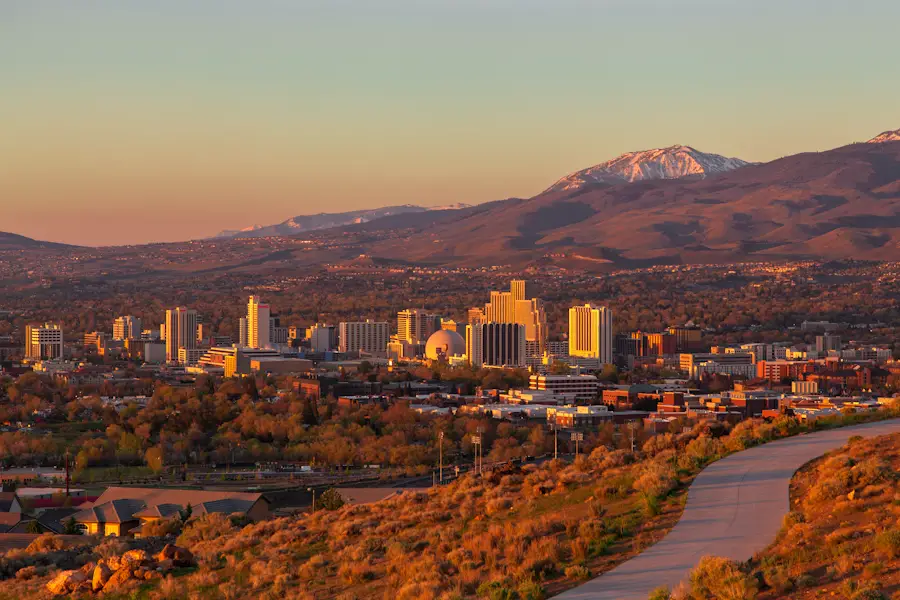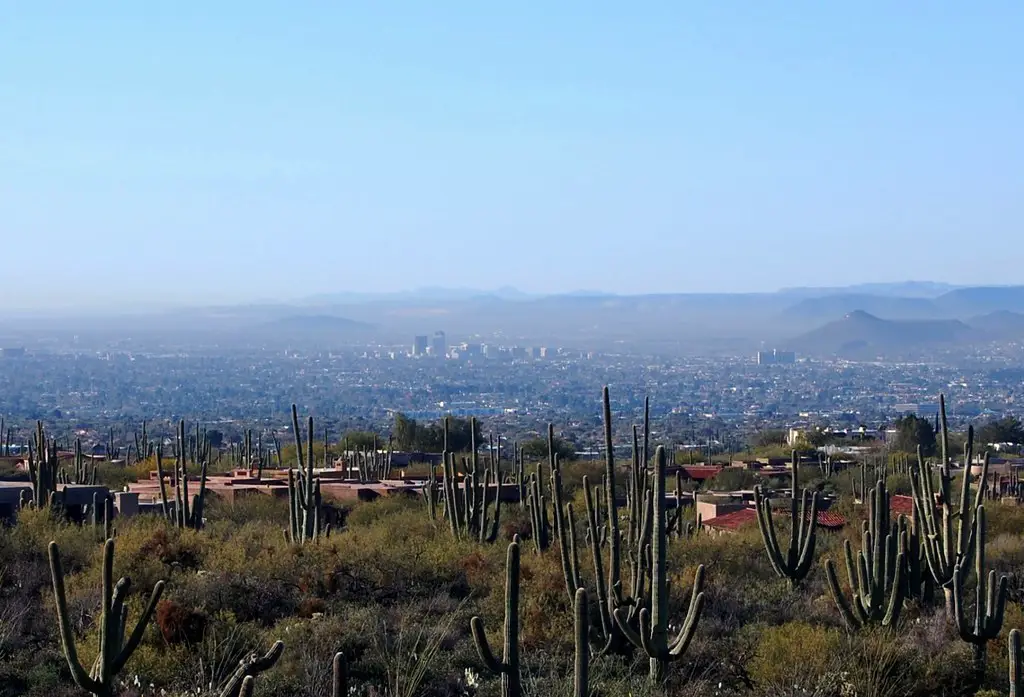In 2025, prospective homebuyers should exercise caution in certain states where market dynamics and environmental factors may pose significant challenges. From anticipated property value declines to increased climate-related risks, purchasing a home in these regions could lead to unforeseen financial burdens. Understanding the unique circumstances of these 11 states is crucial for making informed real estate decisions in the coming year.
1. California

California, known for its stunning landscapes and vibrant economy, has long been associated with sky-high housing prices. With median home values significantly above the national average, purchasing property remains out of reach for many, even those with high-paying jobs. The state’s rapid economic growth, fueled largely by the tech industry, has intensified the housing demand. Cities like San Francisco and Los Angeles are prime examples, where tech giants and a limited housing supply push prices ever higher. As housing demand outstrips supply, competition for available properties becomes fierce.
Adding to the pressure are zoning restrictions and a limited amount of land available for new construction, which contribute to the rising costs. While the state’s real estate market continues to thrive in some areas, home ownership remains a distant dream for a significant portion of the population. Homebuyers are increasingly turning to alternative solutions, such as renting or purchasing smaller, more affordable homes far from city centers. The state continues to grapple with an ongoing housing affordability crisis, and solutions remain elusive.
2. New York

Although New York City often dominates headlines, the entire state faces severe housing affordability challenges. In addition to the steep prices in the city, suburban areas like Westchester County and Long Island are also experiencing skyrocketing home costs. Homebuyers seeking to escape the hustle and bustle of the city often find themselves in bidding wars, unable to secure property due to rising competition and high prices. The already steep property taxes in the state only compound the problem, making homeownership an even more daunting financial prospect.
As more people opt to remain renters, they are often forced to deal with ever-increasing rents, further exacerbating the problem. In some areas, even homes that were once considered affordable are now well out of reach for first-time buyers. Statewide, New York’s housing crisis is driven by a combination of factors, including a growing population and limited housing stock. As the demand for homes continues to outpace supply, homebuyers are being priced out of their desired locations. According to the New York Times, home affordability remains a significant issue across the state, and substantial policy changes may be needed to address the growing disparity.
3. Hawaii

In Hawaii, owning a home has become a nearly unattainable goal for most residents, especially for local families. The limited amount of land on the islands combined with an influx of wealthy buyers from mainland United States and abroad has driven property prices through the roof. With each passing year, fewer locals can afford to buy homes, and many have had to leave the islands in search of more affordable living conditions. The constant demand for vacation properties and second homes only increases competition for available housing, pushing prices ever higher.
As a result, many Hawaii residents find themselves renting for much longer periods, with little hope of being able to purchase property in the future. In fact, the state’s median home price is consistently among the highest in the nation, making it increasingly difficult for new buyers to enter the market. For many, the dream of owning a home in Hawaii has become just that—a dream. The situation has prompted concern about the long-term viability of the state’s housing market and its potential to create an economic divide between locals and outsiders. According to reports, the state’s real estate market shows no signs of cooling down, with demand continuing to exceed supply.
4. Massachusetts

Massachusetts, home to some of the most prestigious universities and a booming technology sector, has seen a sharp rise in housing demand. The proximity of major educational institutions, particularly in the Boston area, has contributed to a housing boom, pushing property prices beyond the reach of many potential buyers. In cities like Boston and its surrounding suburbs, the combination of a growing population and limited housing supply has made purchasing a home particularly difficult.
Furthermore, the high demand for housing in both urban and suburban areas is creating a highly competitive market, where the availability of affordable homes is limited. Many buyers are forced to compromise on location or property size in order to make homeownership a reality. Adding to the affordability crisis are property taxes, which continue to rise in many parts of the state, adding further financial strain on homeowners. Massachusetts’ housing market is expected to remain competitive for the foreseeable future, with little relief for buyers in sight. Data states that prices in key markets across the state are expected to continue rising, making it harder for many to enter the housing market.
5. Colorado

The natural beauty of Colorado, coupled with a booming job market, has attracted an influx of new residents, which has driven home prices to unprecedented levels. Cities like Denver and Boulder, once known for their relatively affordable housing markets, are now among the most expensive places to live in the United States. This rapid price increase has made it increasingly difficult for both first-time homebuyers and long-time residents to purchase property.
With housing supply limited and demand soaring, competition for homes is fierce, often pushing prices beyond the reach of average earners. Many residents are now opting to rent rather than buy, but the rental market is also becoming increasingly expensive. For those who do decide to purchase, the costs are often significantly higher than anticipated, forcing many to reconsider their options. As Colorado’s popularity grows, so too does the challenge of maintaining an affordable housing market for its residents. The state’s housing market is facing an affordability crisis, with no easy solutions on the horizon.
6. Washington

Washington’s housing market, particularly in Seattle, has been heavily influenced by the state’s thriving tech sector. With the presence of major tech companies, including Microsoft and Amazon, home prices have skyrocketed, making homeownership nearly impossible for many average buyers. As demand for housing in Seattle continues to grow, the available supply remains limited, further driving up prices. Smaller cities like Tacoma and Spokane are not immune to the effects of this housing boom, with prices rising sharply as the demand for housing in the state increases.
With the housing market becoming increasingly competitive, many buyers are left with little choice but to rent. Rent prices have also surged, making it harder for residents to save for a down payment on a home. Additionally, the high cost of living in many areas of Washington means that even those with steady incomes may struggle to keep up with rising housing costs. As more people continue to move to the state, the housing market is expected to remain tight, with little hope for a significant drop in prices. The state’s housing affordability continues to be a growing concern for both policymakers and residents alike.
7. Oregon

Oregon, once known for its affordable housing markets, has recently seen a dramatic shift as home prices soar. Portland, in particular, has experienced a significant rise in property costs, driven by the city’s growing popularity among remote workers and those seeking a change of scenery from the high costs of California. As demand spreads throughout the state, even rural areas, once considered affordable, are now seeing rapid price increases. The state’s appeal to tech professionals, artists, and individuals seeking a more relaxed lifestyle has caused housing demand to spike, while inventory struggles to keep pace.
The supply of affordable homes has dwindled, forcing many to either rent or move further away from urban centers in search of cheaper properties. With limited construction and zoning laws that restrict the development of new housing, the situation seems unlikely to improve anytime soon. Oregon’s housing crisis has prompted local governments to consider policy reforms to address the widening affordability gap. The state is facing a housing shortage, and affordable housing options remain a significant challenge.
8. Florida

Florida, with its sunny weather and attractions for retirees, has become one of the most sought-after places to live in the United States. As a result, home prices have surged, particularly in popular cities like Miami, Tampa, and Orlando. The rise in demand, coupled with a growing influx of out-of-state buyers, has driven prices to levels that many residents can no longer afford. In addition to the high cost of purchasing property, rising property insurance premiums have made homeownership even more financially burdensome.
Rent prices have also increased as a result, leaving renters with fewer affordable options. Additionally, the limited availability of land for new construction in certain areas has contributed to the escalation of property prices. As Florida’s appeal continues to grow, the challenge of finding affordable housing is only expected to worsen. The state is experiencing a housing affordability crisis, and it may take years to stabilize the market.
9. Texas

Texas, traditionally known for its affordable housing, is now facing some of the sharpest home price increases in the country. Rapid population growth, driven by an influx of newcomers seeking opportunities in cities like Austin, Dallas, and Houston, has fueled the rise in housing prices. The state’s booming economy, particularly in tech, energy, and healthcare sectors, has made it an attractive destination for people from all over the nation. However, as more people move to Texas, the demand for housing has outstripped supply, causing home prices to rise at an alarming rate.
The state’s relatively low property taxes and business-friendly climate have encouraged more development, but it has not been enough to keep up with the surge in demand. Additionally, the state’s reliance on single-family home construction rather than multi-family units has led to a shortage of affordable options. For many residents, homeownership has become a distant dream as they are pushed further out from city centers. The state’s housing market continues to face challenges with affordability, and it is unclear when the situation will improve.
10. Nevada

Nevada, particularly Las Vegas, has experienced a dramatic surge in housing prices in recent years. The city’s booming economy, driven by the tourism and entertainment industries, has attracted a steady stream of new residents, many of whom are looking to purchase homes. With a limited inventory of available properties and high demand, prices have surged, making it more difficult for locals to compete with out-of-state buyers.
This has also led to rising rental prices, further burdening those who are unable to afford to buy. As Nevada’s population grows, the need for new housing developments becomes more pressing, but construction has not kept pace with demand. The state’s housing affordability crisis is compounded by a lack of zoning flexibility and building regulations that limit the types of new developments that can be constructed. While the state has long been a popular destination for people seeking a lower cost of living, the rapid rise in housing prices has put that advantage at risk. Nevada’s housing market continues to face significant challenges as supply struggles to meet demand.
11. Arizona

Arizona’s housing market, particularly in cities like Phoenix and Tucson, has experienced a dramatic shift as home prices skyrocket. The state’s growing appeal to retirees, remote workers, and individuals seeking a more affordable lifestyle compared to neighboring states has driven up demand. However, this increased demand has far outpaced the state’s housing supply, leading to a sharp rise in prices. Homebuyers are now faced with a highly competitive market, where homes are often sold within days of being listed.
The growing popularity of Arizona as a relocation destination has made it one of the hottest housing markets in the country, but it has also left many residents unable to afford to buy a home. While the state continues to experience population growth and economic expansion, the affordability of housing remains a critical issue. The housing crisis in Arizona is further exacerbated by a lack of affordable housing options in both urban and rural areas. The state’s housing market is facing a growing affordability gap, and there are no quick fixes in sight.
